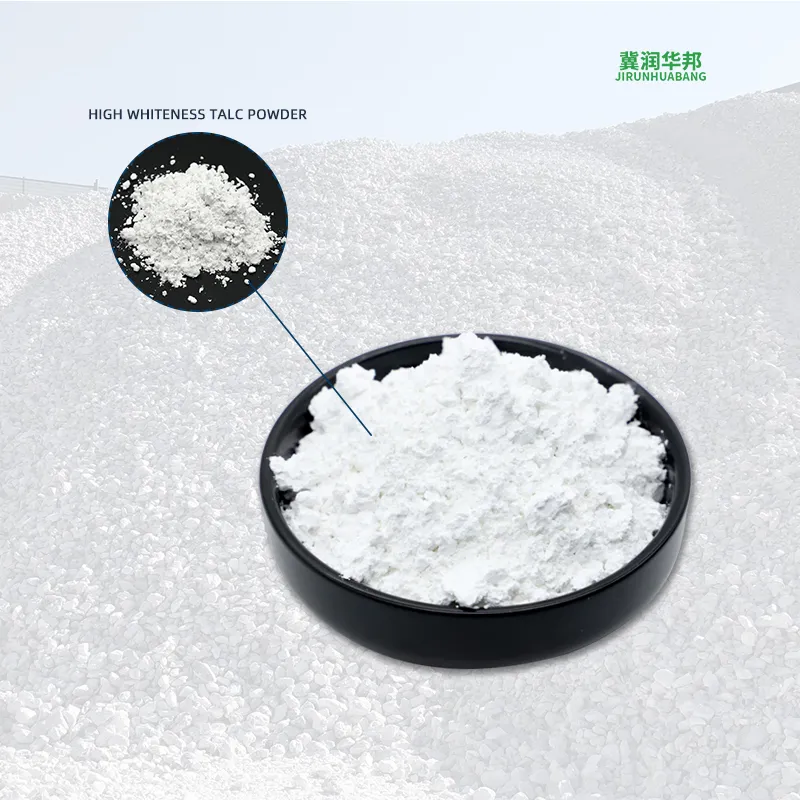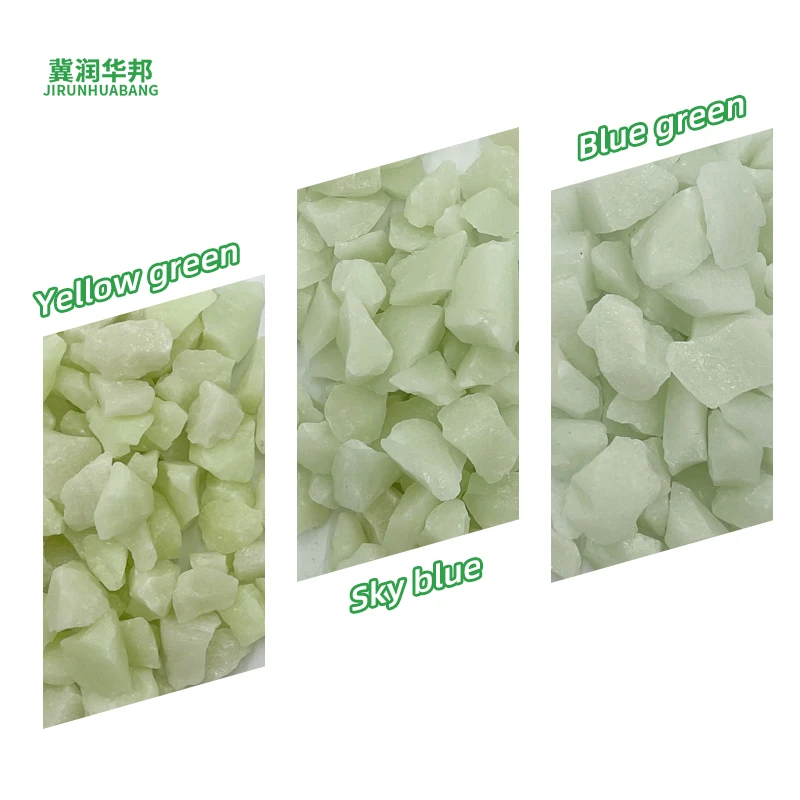is talc free powder safe
Back to list
فبراير . 16, 2025 13:46
Talc-free powders have become a preferred choice for many consumers seeking safer alternatives in personal care. With the historical concerns surrounding talc, especially its potential links to respiratory issues and cancer when inhaled, many have shifted their focus toward talc-free options. But just how safe are these powders?
Kaolin clay, renowned for its mineral-rich composition, has gained traction due to its ability to purify and uplift the skin. Dermatologists frequently recommend it for acne-prone skin owing to its ability to draw out impurities without causing dryness. Scientific evaluations commend kaolin for its mild nature and low allergenic potential, making it safer for long-term use compared to traditional talc. Despite their individual advantages, the safety profile of talc-free powders heavily depends on additional factors. Product formulation, user handling, and storage play integral roles in ensuring safety. Users should always scrutinize the ingredient list for potential allergens and consult with dermatologists, particularly if they have specific skin concerns. Beyond individual experience, authoritative oversight is pivotal. Regulatory bodies like the FDA (Food and Drug Administration) in the United States and the European Commission in Europe dictate the standards for cosmetic products, ensuring they are safe for consumer use. While these entities do not approve products before they go to market, they are empowered to take action if products are found to be unsafe post-marketing. Therefore, purchasing talc-free powders from reputable brands that comply with regulatory standards increases trustworthiness. Ultimately, adopting talc-free powders can be deemed a safer and often healthier alternative to talc-based products, contingent on informed choices. Choosing products with natural, sustainably sourced, and ethically processed ingredients enhances not only personal health but also supports environmentally conscious practices. Consumers are encouraged to stay informed about ongoing research and prevailing health guidelines to ensure their personal care choices align with both safety and wellness standards. In conclusion, while talc-free powders present a promising option in the realm of personal care, understanding their components and exercising vigilance in product selection remains vital. With continuous advancements in research and formulation, these powders provide a safer alternative, contributing positively to personal health narratives and broader ecological narratives alike.


Kaolin clay, renowned for its mineral-rich composition, has gained traction due to its ability to purify and uplift the skin. Dermatologists frequently recommend it for acne-prone skin owing to its ability to draw out impurities without causing dryness. Scientific evaluations commend kaolin for its mild nature and low allergenic potential, making it safer for long-term use compared to traditional talc. Despite their individual advantages, the safety profile of talc-free powders heavily depends on additional factors. Product formulation, user handling, and storage play integral roles in ensuring safety. Users should always scrutinize the ingredient list for potential allergens and consult with dermatologists, particularly if they have specific skin concerns. Beyond individual experience, authoritative oversight is pivotal. Regulatory bodies like the FDA (Food and Drug Administration) in the United States and the European Commission in Europe dictate the standards for cosmetic products, ensuring they are safe for consumer use. While these entities do not approve products before they go to market, they are empowered to take action if products are found to be unsafe post-marketing. Therefore, purchasing talc-free powders from reputable brands that comply with regulatory standards increases trustworthiness. Ultimately, adopting talc-free powders can be deemed a safer and often healthier alternative to talc-based products, contingent on informed choices. Choosing products with natural, sustainably sourced, and ethically processed ingredients enhances not only personal health but also supports environmentally conscious practices. Consumers are encouraged to stay informed about ongoing research and prevailing health guidelines to ensure their personal care choices align with both safety and wellness standards. In conclusion, while talc-free powders present a promising option in the realm of personal care, understanding their components and exercising vigilance in product selection remains vital. With continuous advancements in research and formulation, these powders provide a safer alternative, contributing positively to personal health narratives and broader ecological narratives alike.
Share
Previous:
